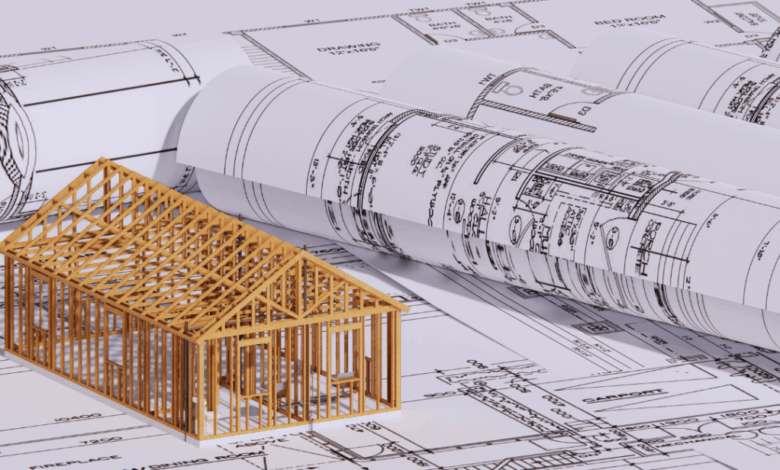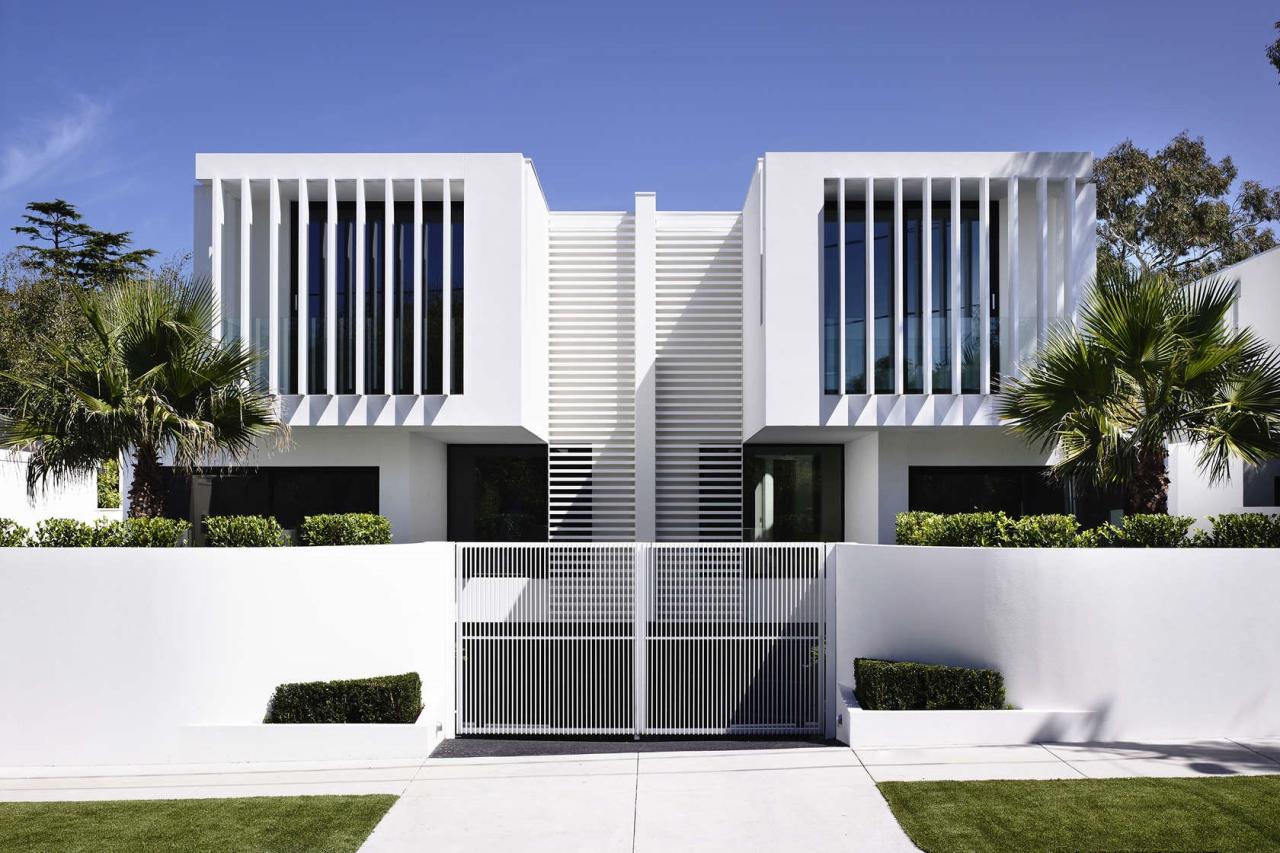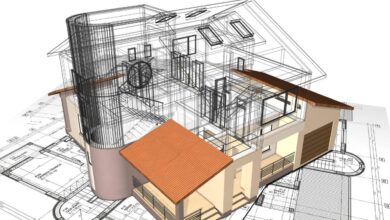Architecture’s Core: Transforming Vision into Economic Value

The architect’s role has always been romanticized as a purely artistic and technical endeavor, focused intently on the creation of aesthetically magnificent and structurally sound buildings, but this perspective overlooks the profound and often challenging reality that architecture is fundamentally a business service deeply embedded within the financial dynamics of the global construction industry.
Every line drawn, every material specified, and every design decision made by an architect carries an intrinsic economic consequence, directly impacting the client’s return on investment, the long-term operational costs of the building, and the ultimate market value of the project.
Successfully transforming a creative vision into reality requires far more than just a mastery of design software or engineering principles; it demands acute financial literacy, strategic risk management, and the ability to articulate the economic value of quality design in terms that investors and developers can clearly understand and justify.
For a project to move from abstract concept to profitable completion, the architect must assume the crucial, non-negotiable role of a financial steward, guiding the client through complex budgeting, value engineering, and life-cycle cost analysis, ensuring that the initial design intent is preserved while maximizing the efficiency of every dollar spent.
This financial responsibility is not secondary to the design; it is the essential framework that makes the architecture possible, turning creative aspirations into assets that generate measurable economic returns for decades.
Pillar One: The Architect as Financial Steward

The financial success of a project is determined long before the first shovel breaks ground, making the architect’s initial cost guidance and financial planning absolutely critical.
1. Pre-Design: Defining the Economic Goals
The architect must first translate the client’s abstract goals into measurable financial objectives.
A. Feasibility Studies and Site Analysis: The initial process involves analyzing the site’s regulatory and environmental constraints to determine the maximum buildable area and potential return on investment (ROI).
B. Program Budgeting: The architect creates a realistic project budget that aligns the client’s spatial requirements and aesthetic desires with the prevailing construction market costs.
C. Identifying Financial Drivers: The architect works to define the client’s core economic motivation, whether it is maximizing rental yield, achieving a high resale value, or minimizing long-term operational expenses.
2. Value Engineering vs. Cost Cutting
The architect must protect the integrity of the design while reducing unnecessary expenditure, understanding the difference between smart investment and destructive cost-cutting.
A. Value Engineering (VE): This is a systematic, creative process that analyzes the project elements to achieve the required functional criteria at the lowest life-cycle cost, not just the lowest initial cost.
B. Protecting Design Intent: The architect guides the VE process to ensure that cost-saving measures do not compromise the building’s structural integrity, aesthetic quality, or environmental performance.
C. Identifying High-Value Elements: The architect strategically identifies elements where investment yields the highest return, such as superior insulation or high-performance glass, which save money over the building’s lifetime.
3. Life-Cycle Cost Analysis (LCCA)
Focusing solely on low initial construction costs often leads to enormous long-term financial liabilities; the LCCA provides a holistic view.
A. Initial vs. Operating Costs: The LCCA compares the initial capital cost of a building system (e.g., HVAC unit, window type) with its long-term operational costs (energy consumption, maintenance, replacement frequency).
B. Justifying Quality: This analysis allows the architect to justify specifying more expensive, higher-quality materials (e.g., a high-efficiency geothermal heat pump) by demonstrating significant cost savings over the building’s 50-year lifespan.
C. Total Cost of Ownership: The architect shifts the client’s focus to the total cost of ownership, proving that smart design is the best financial hedge against future energy price volatility and maintenance expenditures.
Pillar Two: Design Decisions and Market Value
Every major design decision—from the building’s shape to its material selection—is fundamentally a financial decision that impacts the property’s marketability and market value.
1. Maximizing Usable and Leaseable Space
The building’s efficiency in converting its gross area into net usable area directly influences rental income and profitability.
A. Efficiency Ratio: The architect strives to maximize the efficiency ratio, which is the percentage of the building’s total floor area that can be rented or sold (net usable area) versus the area dedicated to non-rentable functions (e.g., stairs, elevators, mechanical rooms).
B. Core Design: Efficient design of the central core (elevators, stairs) minimizes the space consumed by circulation, freeing up maximum area for tenant use.
C. Optimizing Column Placement: Strategic placement of structural columns maximizes floor plan flexibility, allowing spaces to be easily adapted by tenants, thereby increasing the building’s long-term leaseability.
2. Branding Through Design
Quality architectural design elevates a building from a commodity to a recognizable, high-value asset, commanding premium rents and sales prices.
A. Aesthetic Premium: Iconic, well-designed buildings by recognized firms often attract premium pricing due to their unique brand appeal and market distinctiveness.
B. Attracting High-Value Tenants: Superior architecture, particularly in commercial or office space, serves as a powerful magnet for high-value corporate tenants, enhancing the building’s image and driving rental rates upward.
C. Building Health and Wellness: Features like abundant natural light, biophilic elements, and superior indoor air quality are now measurable economic drivers, justifying higher lease rates due to their proven impact on tenant productivity and employee retention.
3. Sustainability as a Financial Asset
Sustainability is no longer a niche feature but a key financial metric demanded by institutional investors and tenants.
A. Certification Value: Achieving high-level certifications like LEED Platinum or Net-Zero demonstrably increases the property’s market valuation and commands higher occupancy rates.
B. Operating Cost Reduction: Sustainable design slashes long-term utility and energy expenses, resulting in lower operating costs and a higher net operating income (NOI) for the property owner.
C. Resilience and Insurance: Buildings designed for climate resilience (e.g., flood resistance, high-wind protection) often benefit from lower insurance premiums and reduced risk of catastrophic loss.
Pillar Three: Risk Management and Liability

The architect’s financial responsibility extends to managing the firm’s own economic stability by mitigating project and professional liabilities.
1. Contractual Risk Mitigation
The professional services agreement (contract) is the firm’s primary defense against uncompensated work and legal exposure.
A. Precise Scope Definition: Contracts must meticulously define the scope of services and, crucially, explicitly exclude services the firm is not providing (e.g., geotechnical engineering, interior decoration).
B. Change Order Discipline: The project manager must rigorously enforce the Change Order process, ensuring any client request that falls outside the original scope is documented and compensated before the work is performed.
C. Payment Terms: Contracts must establish clear payment schedules and late payment penalties to protect the firm’s cash flow from delinquent clients.
2. Professional Liability Protection
The high-risk nature of design demands that firms protect their assets against errors and omissions.
A. Errors and Omissions (E&O) Insurance: This specialized insurance is mandatory, covering the firm against financial losses resulting from design errors, omissions, or professional negligence.
B. Standard of Care: The architect must ensure all design work meets the Standard of Care—the level of skill and competence expected of other architects practicing in the same area.
C. Site Liability Clarification: Contracts must clearly state that the Contractor is responsible for all means, methods, techniques, and safety on the job site, shielding the architect from site-related liability.
3. Managing the Firm’s Financial Health
The architect responsible for the firm’s management must translate project-level finances into sustainable business strategy.
A. Utilization Rate: The manager tracks the utilization rate—the percentage of time staff spends on billable projects—to ensure that staff capacity is efficiently converted into revenue.
B. Forecasting and Budgeting: Accurate financial forecasting projects future expenses and revenues, allowing the firm to make timely decisions on staffing, technology investment, and business development.
C. Accounts Receivable: Diligent management of Accounts Receivable (A/R) minimizes the debt owed to the firm, ensuring that revenue collected keeps pace with the firm’s daily operational expenses.
Pillar Four: Financial Tools and Implementation
Architects use specialized tools and processes to integrate financial data directly into the design workflow, transforming cost management from a reactive exercise into a proactive design tool.
1. Building Information Modeling (BIM) for Cost Control
BIM models are not only geometric tools; they are cost management databases.
A. Quantity Take-Offs: The intelligent BIM model allows the architect to instantly generate accurate, automated material quantity take-offs (e.g., total square footage of wall, cubic yards of concrete).
B. Real-Time Cost Estimates: By linking the material quantities to current market pricing databases, the architect can track and monitor the project’s estimated cost in real-time as the design evolves.
C. Budget Monitoring: Any major design change triggers an instant update to the budget, allowing for immediate feedback and cost correction, avoiding budget overruns late in the process.
2. Integrated Project Delivery (IPD)
This collaborative contract model aligns the financial incentives of the architect, contractor, and client.
A. Shared Risk and Reward: IPD structures the contract so that all major parties share the financial risk of overruns and the financial reward of cost savings.
B. Early Contractor Involvement: By bringing the contractor and key subconsultants into the design phase early, the team leverages construction expertise to optimize constructability and prevent costly design errors.
C. Trust and Transparency: This model fosters a high level of financial transparency and trust among the project team, aligning everyone toward the goal of maximizing the project’s overall value.
Conclusion
The architect’s true financial role is to be the primary creator and steward of the project’s long-term economic value.
The design process begins and ends with rigorous financial planning and a deep understanding of market realities.
Life-Cycle Cost Analysis is the essential tool for justifying initial investments that yield superior, long-term operational savings.
Design quality is a measurable financial asset that attracts high-value tenants and commands premium property valuations.
Effective management of the efficiency ratio maximizes net usable space, directly increasing the client’s potential rental income.
The rigorous use of BIM and integrated contract models transforms cost management into a proactive, design-optimization tool.
Mastery of financial and contractual risk is the non-negotiable professional duty that protects both the firm’s longevity and the client’s investment.




